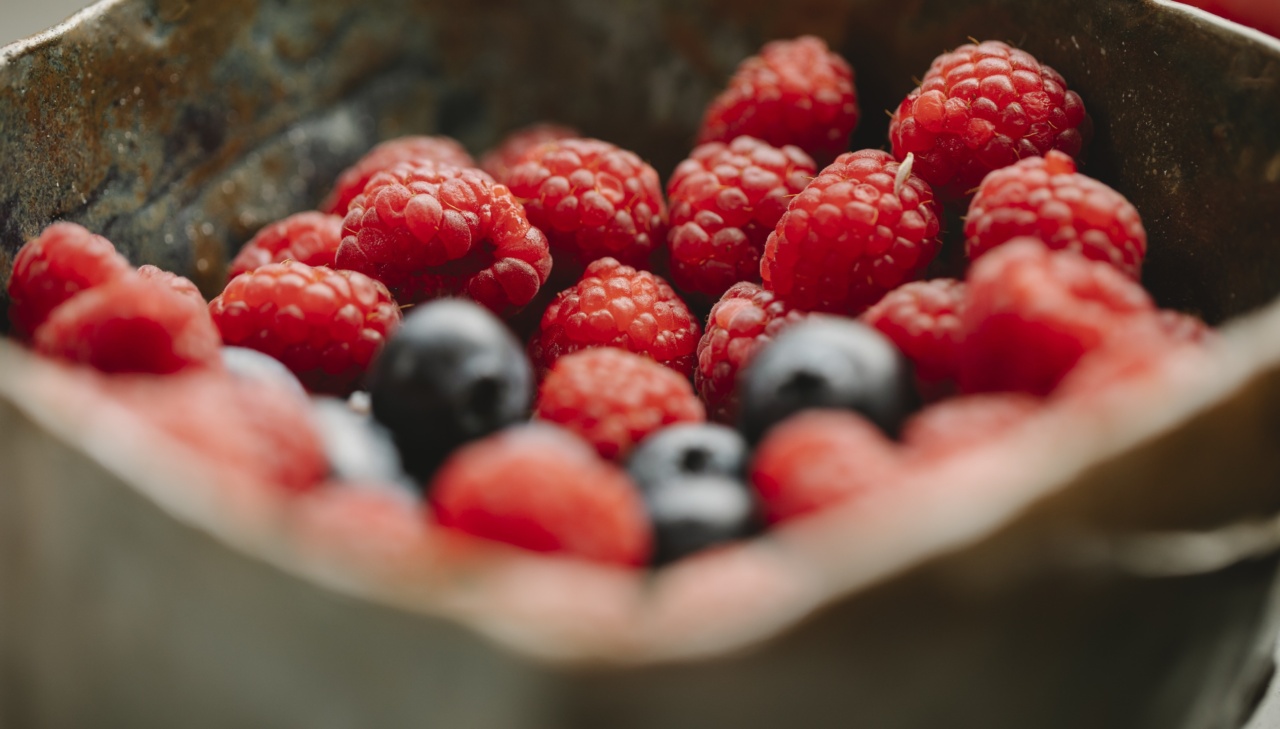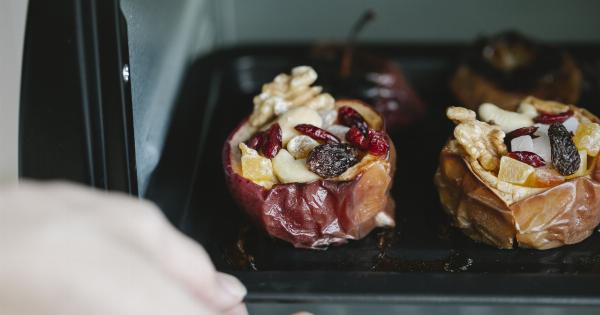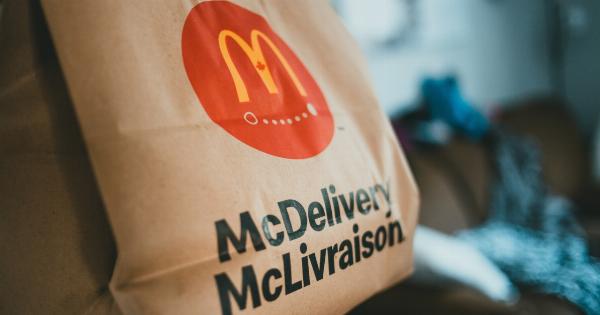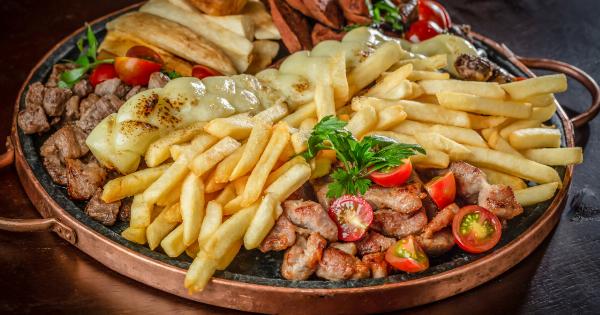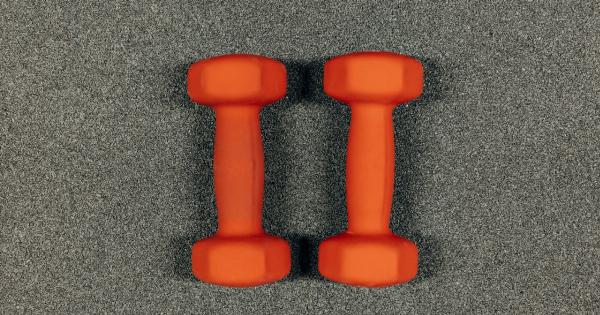Fruits are known for their nutrient-dense properties, rich in vitamins, minerals, and antioxidants. However, it’s a common misconception that fruits are not a potent source of protein.
Though most fruits contain less protein than vegetables or meat, there are still many protein-rich fruits around.
If you’re looking for a healthy snack that can boost your protein intake, look no further than these ten high protein fruits, with pictures and nutritional profiles for each of them.
1. Avocado
Avocados are known as a ‘superfood’ and rightly so. It is a nutrient-dense fruit that is packed with healthy fats, fiber, and other nutrients. One of the most substantial health benefits of consuming avocados is their protein content.
One medium-sized avocado has around four grams of protein.
Packed with antioxidants, fiber, and healthy fats, avocados are a perfect addition to your daily diet. Whether it’s in a smoothie bowl, avocado toast, or a guacamole dip, this fruit adds a tasty and healthy boost to any meal.

2. Guava
Guavas are tropical fruits that are rich in vitamins A and C, potassium, and fiber. A single small guava contains roughly 2.5 grams of protein, making it one of the protein-rich fruit choices.
As a nutritious and refreshing snack, guavas can be eaten raw, juiced or used to make jams. They are also a perfect addition to salads and smoothies.

3. Blackberries
Blackberries are a sweet summer fruit, packed with nutrition such as fiber, vitamin C, and manganese. They are also an excellent source of protein, with one cup of blackberries containing around 2 grams of protein.
Blackberries are a tasty ingredient to many dessert recipes, from pies to cheesecakes or served simply with whipped cream. You can also add them to smoothie bowls or salads for an antioxidant and protein-rich snack.

4. Apricot
Apricots are a small orange fruit rich in nutrition and dietary fiber. They also contain protein, with one cup of fresh apricots containing roughly 2.5 grams of protein.
Fresh apricots can be eaten on their own or used as a juicy topping for granola bowls, yogurt, or ice cream. They can also be turned into a jam or puree for versatile use in cooking.

5. Kiwi
Kiwis are small, fuzzy fruits with a blend of flavors, tanginess, and sweetness. They’re also packed with vitamins C and K and fiber and have around 2.1 grams of protein per cup.
Kiwis can be eaten on their own or used to create a refreshing fruity salad or a flavorful smoothie bowl.

6. Dates
Dates are a dried fruit rich in vitamins and minerals, as well as natural sugar. They also contain protein, with one cup of dates containing around 3.5 grams of protein.
Dates are a sweet and healthy snack that can be added to smoothies or eaten on their own as a pre-workout snack. They can also be used in baking or as a natural sweetener for homemade granola or energy bars.

7. Mulberries
Mulberries are a little-known fruit with incredible health benefits. These superfruits are packed with proteins and amino acids, making them an excellent protein source for plant-based diets.
One cup of fresh mulberries contains roughly 2.5 grams of protein.
They can be enjoyed fresh or dried and added to granola or oatmeal for a protein-packed breakfast. They can also be incorporated into smoothies or eaten as a snack on their own.

8. Passionfruit
Passionfruit is a tangy fruit with a sweet aroma and a wealth of vitamins and minerals. This unique fruit is high in protein, with one cup of passionfruit containing approximately five grams of protein.
The easiest way to eat the fruit is to scoop out the flesh with a spoon and eat it alone or use it as a topping for your yogurt. You can also use it to create a tropical smoothie or make passionfruit sorbet.

9. Jackfruit
Jackfruit is a tropical fruit that resembles pulled pork when cooked, making it a popular meat substitute for vegan and vegetarian diets. Jackfruit is a high-protein fruit, with one cup of raw jackfruit containing around 2.6 grams of protein.
You can serve jackfruit in savory dishes like a BBQ pulled “pork” sandwich, or add it to rice bowls for a protein-rich main course. You can also experiment with the fruit as a dessert ingredient or in a fruit salad.

10. Watermelon
Watermelon is a refreshing summer fruit, low in calories and high in hydration. It also contains protein, with one cup of watermelon chunks containing roughly 1.5 grams of protein.
You can eat fresh watermelon on its own or add it to salads, smoothies, or salsa dishes. You can also use watermelon as a base for a healthy summer drink or sorbet.

Conclusion
As you can see, fruits can be an excellent source of protein and add a sweet and refreshing twist to your diet. These fruits are an ideal addition to healthy snacks or protein shakes and can be a delicious substitute for meat and dairy-based proteins.
By incorporating a variety of these high protein fruits into your daily diet, you can boost your protein intake and maintain your healthy lifestyle.
